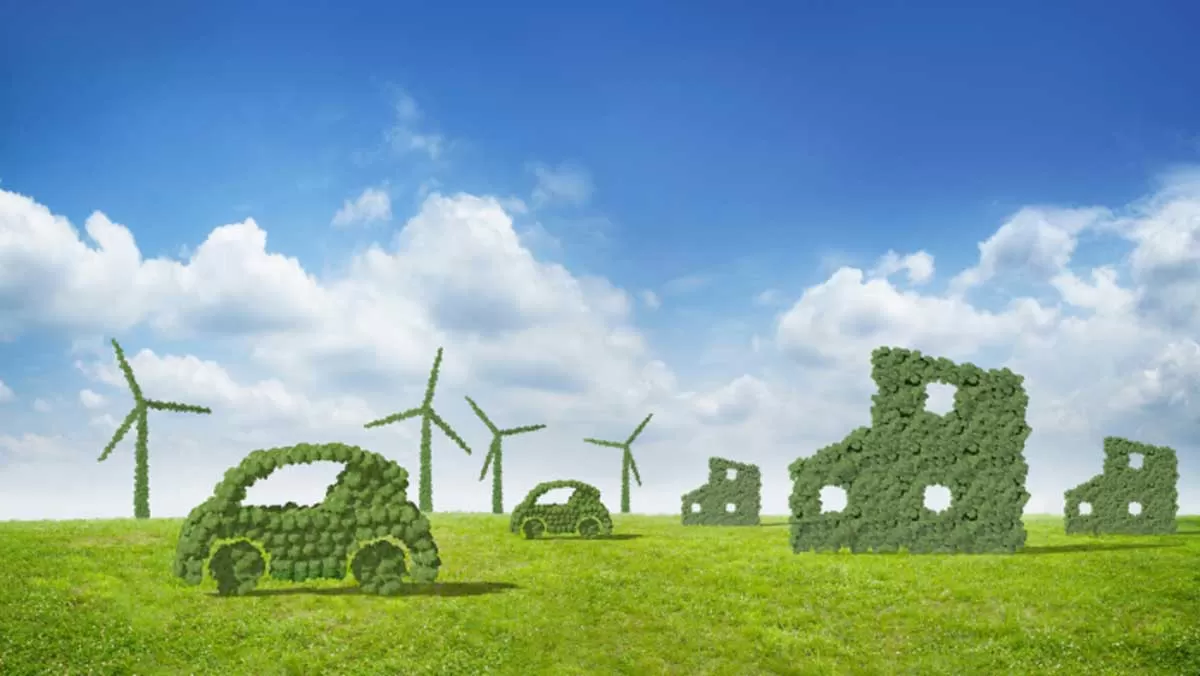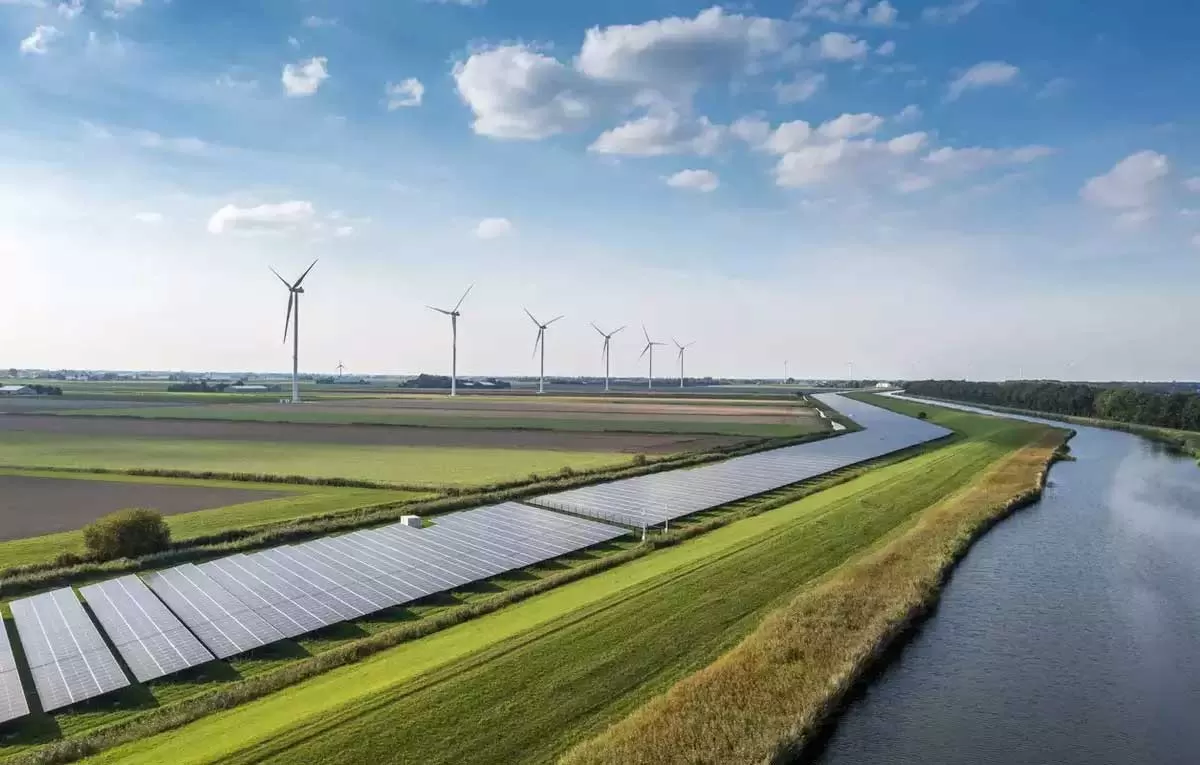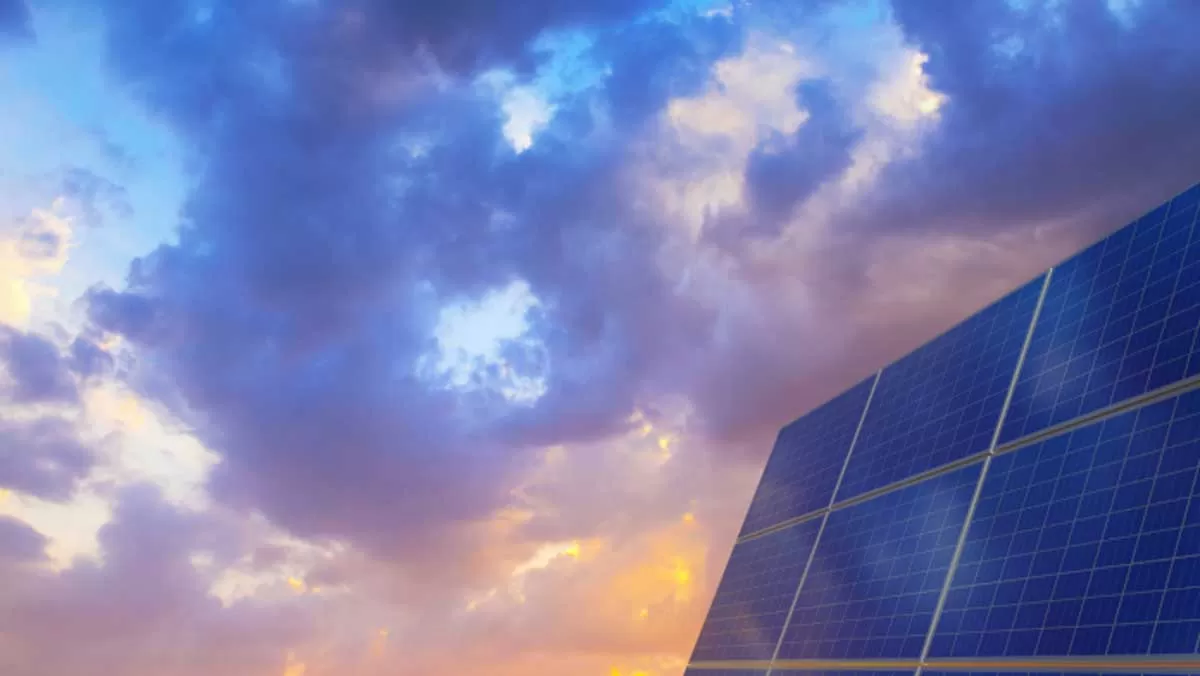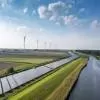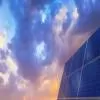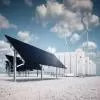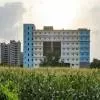Crafted with the intent to provide spacious apartments, the vision for Jade Vedant, a redevelopment project in Mumbai, was to create well-defined spaces for tenants as well as buyers in the lush green lanes in the heart of Mumbai. The IGBC Platinum-certified building consists of 19 floors, with four floors of parking. Designed in line with Mumbai façade norms while adopting contextual elements, the façade has been endowed with a contemporary identity. Sachin Goregaoker, Principal Architect and Partner, GA design, and Umang Kuwadia, Joint Managing Director, Happy Home Projects, share more on the measures taken to increase the green efficiency of the building that made it achieve the LEED Platinum rating by IGBC.
The grand design
The building has a grand entrance lobby with a wooden ceiling and a refreshing backdrop of green wall panels. The lavish waiting area inside the building has a glass wall on two sides covered with bamboo plants, connecting the inside to the outside by means of window seating. Internally, the compound wall has green panel inserts and the driveway connects to the car lift drop off.
An attractive feature of the car lift podium is the entire wall clad with tan brown granite with a geometric pattern formed with alternating leather-finished and polished granite. When lit from below, this forms the highlight of the building when seen from the road. The bottom of all chajjas have been finished with wood-finished texture paint, endowing them with a warm and cozy feel. Ducts on the side walls have been covered with powder-coated aluminium screens that display triangular patterns created by laser-cut perforations. The walls of the building have been treated with texture paint with a granite finish, giving it a rustic effect.
The orientation
A sun path design has been carried out and the orientation of the building is such that the living room faces the south side and the bedroom faces the north. The terrace of the building has been beautifully landscaped and well-lit. The landscape garden on the ground and terrace with plants provide for oxygen emission. All open spaces around the structure are covered with potted plants, thereby seamlessly integrating them into the lush green surroundings.
The project has made use of fully weather-resistant clear glass, which transmits more natural light inside the rooms. Being non-reflective, clear glass emits less glare to surrounding buildings. Further, to ensure the building receives optimum natural light, sliding 8-ft-high windows have been provided, with a 66 per cent opening provided with clear glass. The windows are positioned in a way that natural air is properly circulated. Also, the windows open 75 per cent, which helps keep the rooms inside well-ventilated.
Ductile design has been used to sustain seismic shocks. Dry cladding is preferred to wet cladding for the façade detailing.
Efficient energy savings
Keeping in mind the need to reduce energy consumption in the building, solar panels of 6 kw capacity have been provided. The project also uses low-voltage high luminous LED lamps, which consume less electricity. Along with five-star-rated HVAC systems, latex-based exterior paint of 3 mm thickness has been used, which reduces the heat load on the walls.
High on materials
To increase the green efficiency of the building, AAC blocks have been used; these have good thermal insulation property compared to bricks and are made using fly-ash, a waste product of blast furnace smelting iron. Further, the project opted for river sand as against crushed sand, as making the latter involves a lot of machinery that evolves carbons compared to river sand. Portland Pozzolana Cement (PPC), which has fly-ash content, has been used, in which the heat evolution is lower compared to ordinary Portland cement (OPC).
For the door frames, recycled BTC wood has been used, which is obtained from old demolished dwellings. For ceiling decoration, artificial wood has been used instead of natural wood. The terrace tiles used have a high reflective index, owing to which light is reflected and heat gain is lower. The project has also made use of PVC drainpipes instead of asbestos pipes, which are carcinogenic; PVC pipes do not corrode and are totally unaffected by acids, alkalis and electrolytic corrosion of any sources.
Effective water and waste plan
The project uses aerated faucets and fittings to control the use of water. It also has positive suction water pumps to increase efficiency, thereby reducing power consumption. Rainwater harvesting has been installed with dual-operated flush tanks instead of flush valves. Overall, the reduction in water consumption is about 25 per cent.
Further, for effective waste management, an organic waste convertor (OWC) has been provided to convert household waste to manure, which is used for gardening instead of harmful pesticides.
Maintaining sustainability
While the materials, techniques and design used for the features of the building do not require much maintenance, the building is under a housekeeping agency to maintain most features with periodic cleaning.
The cost of construction of the building, including its green features, is Rs 200 million. All the facilities and features for green certification were planned and budgeted compared to conventional buildings.
Green grandeur, in its true sense!
Project details
